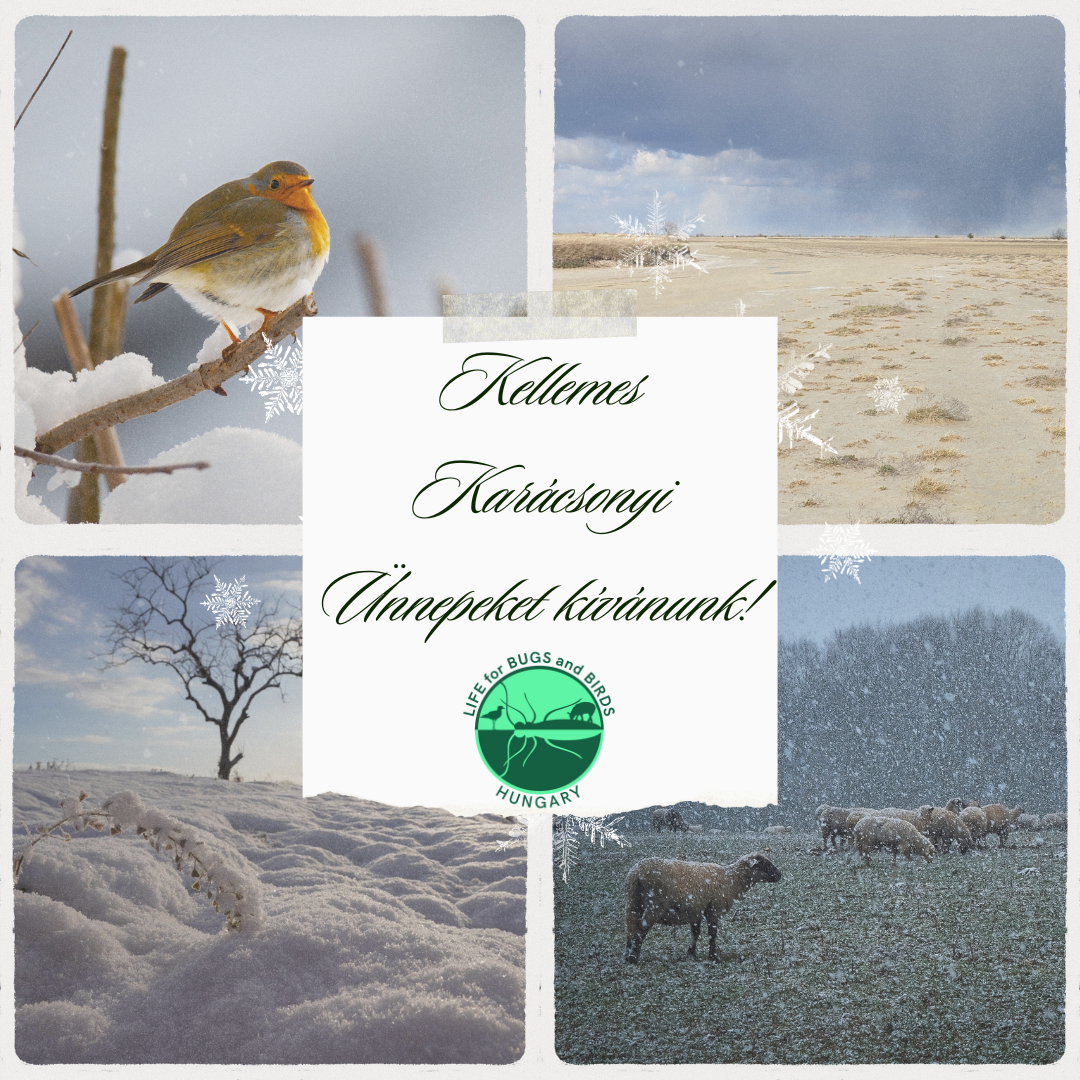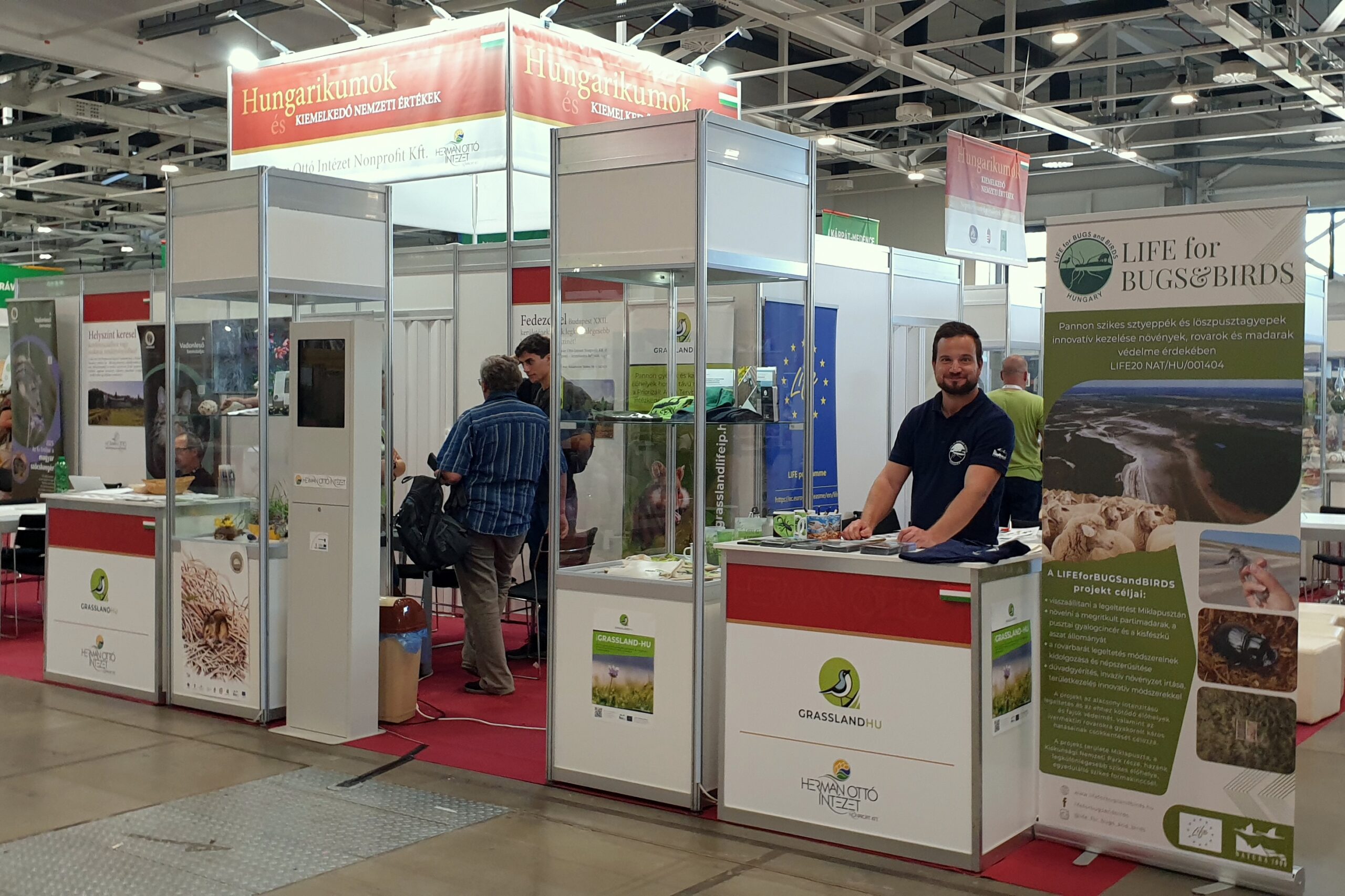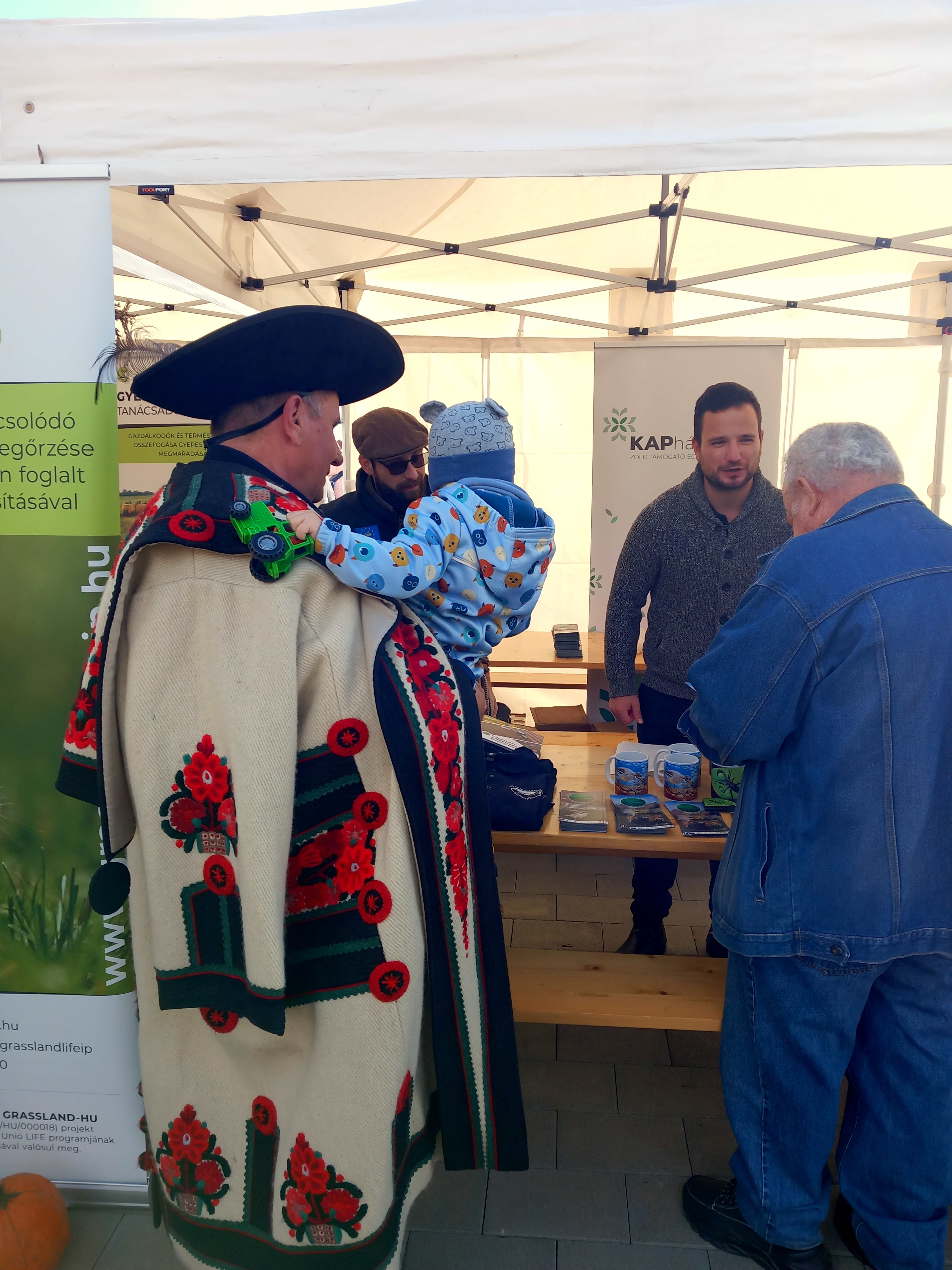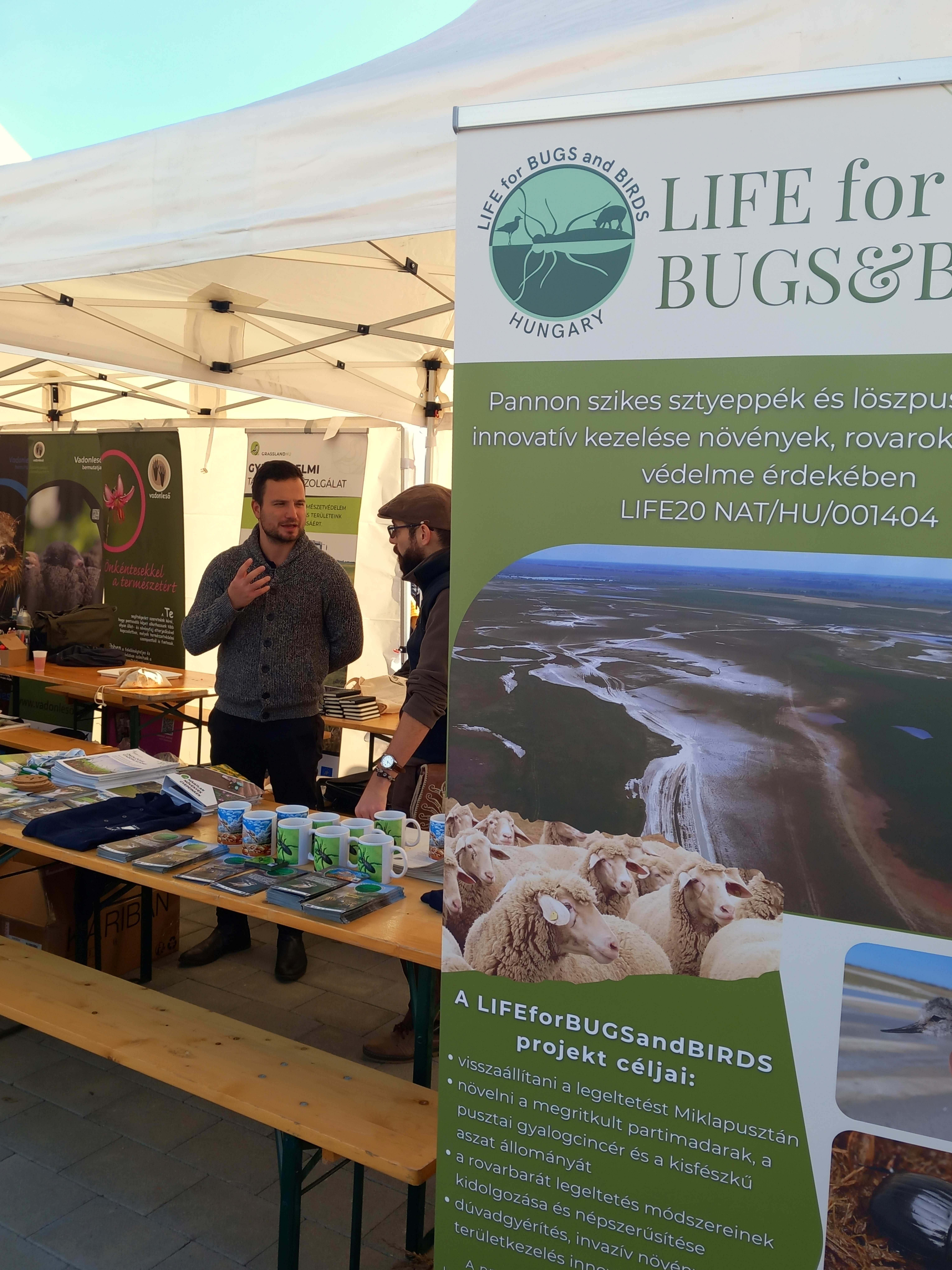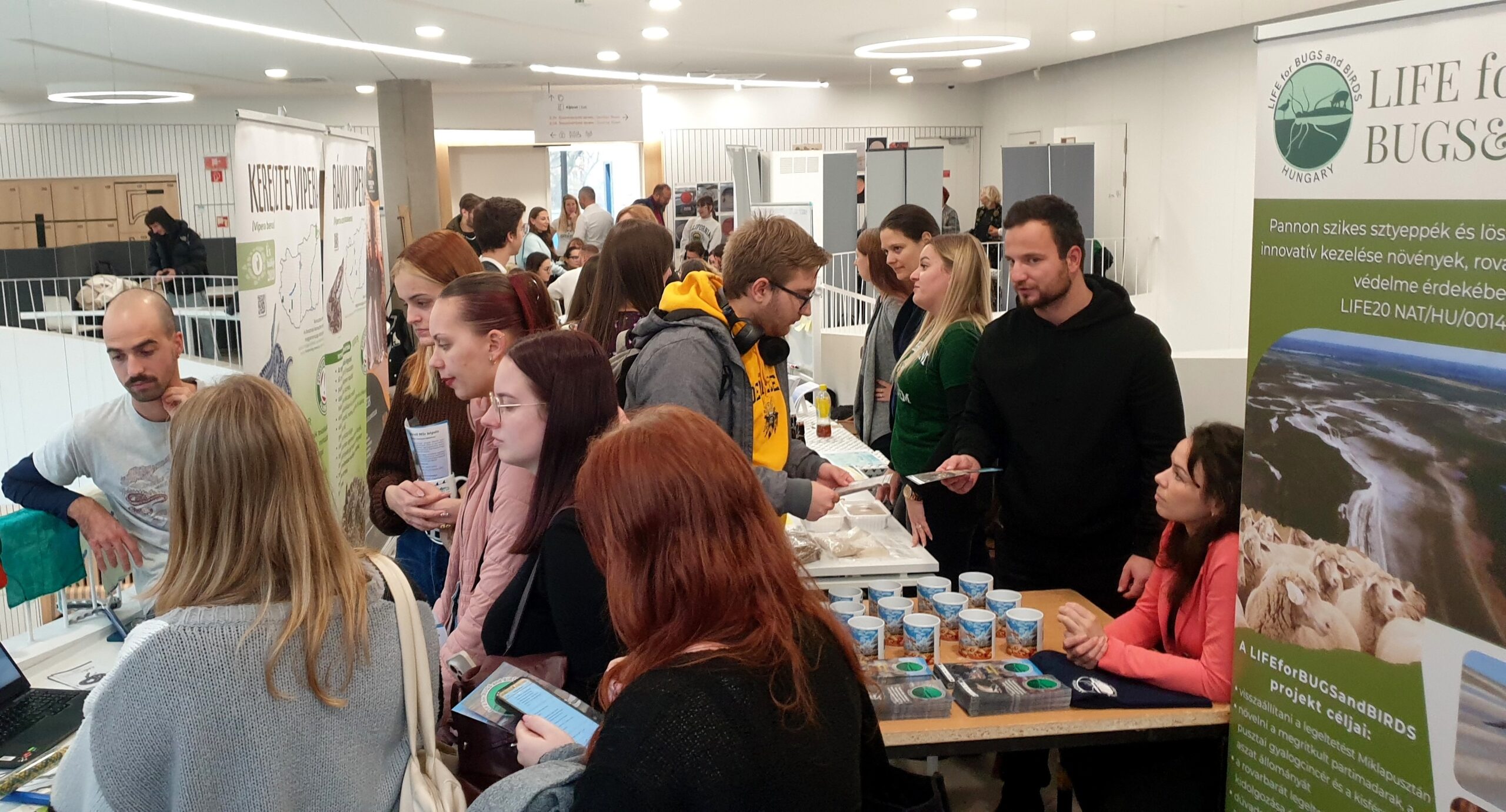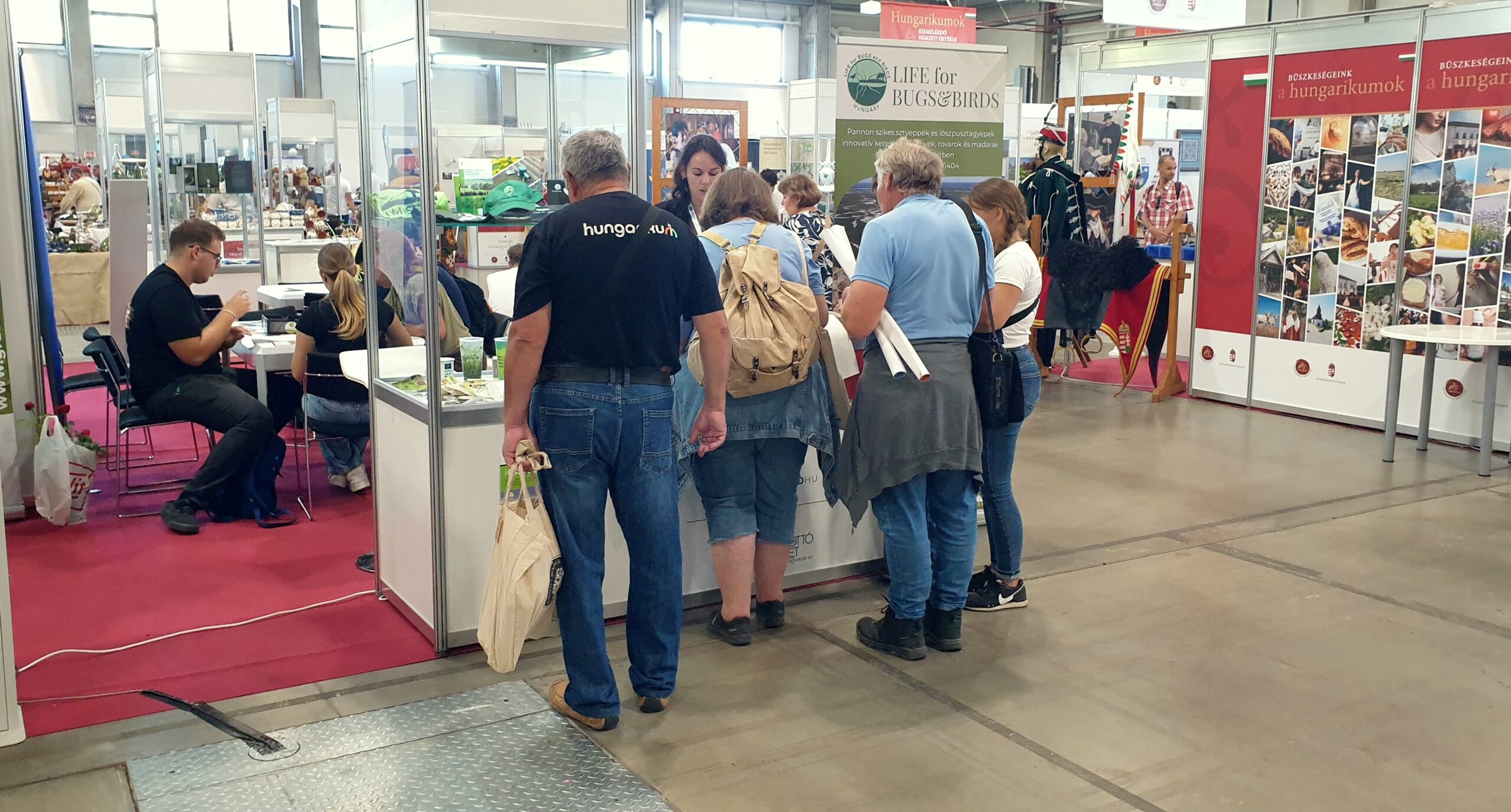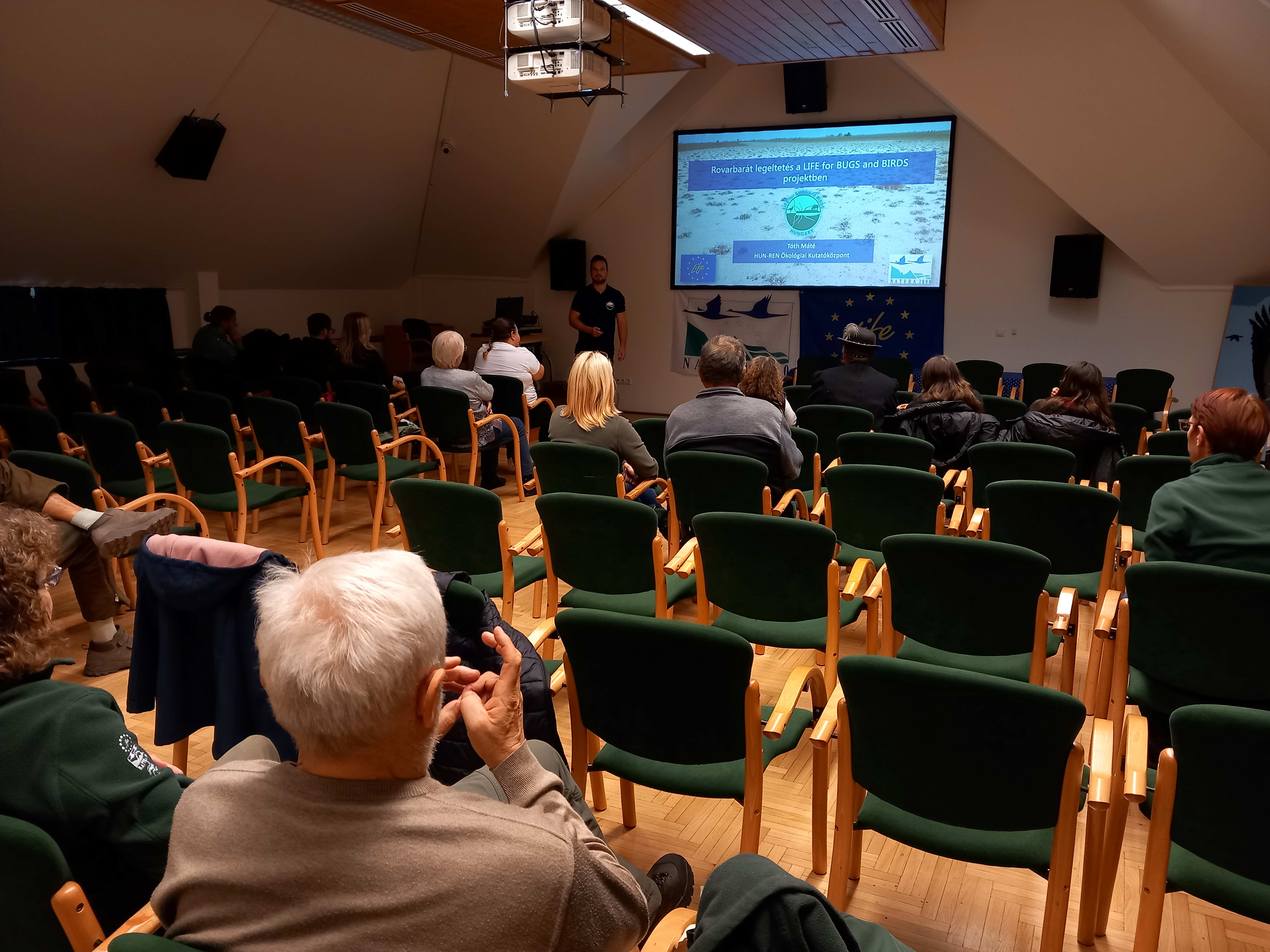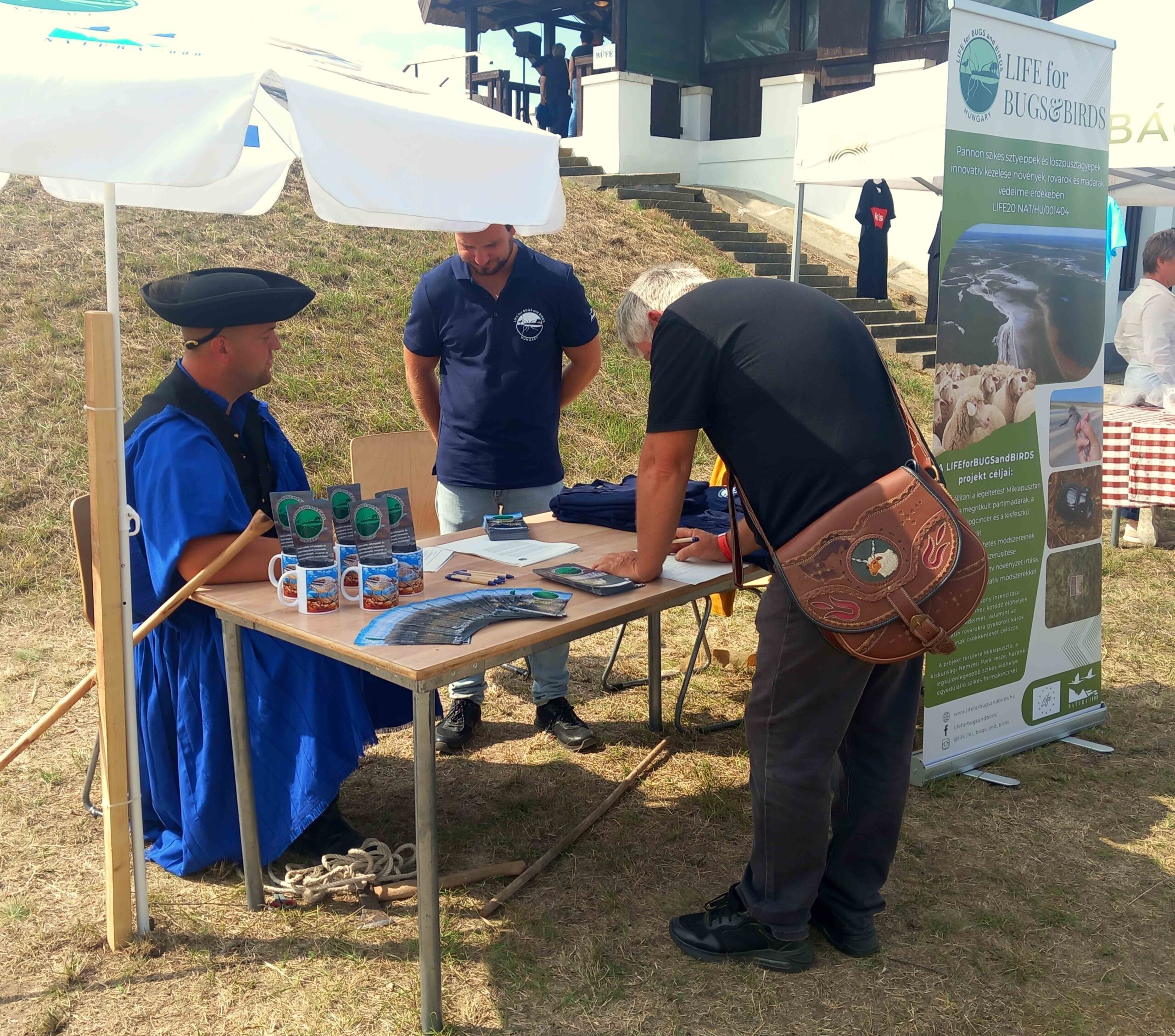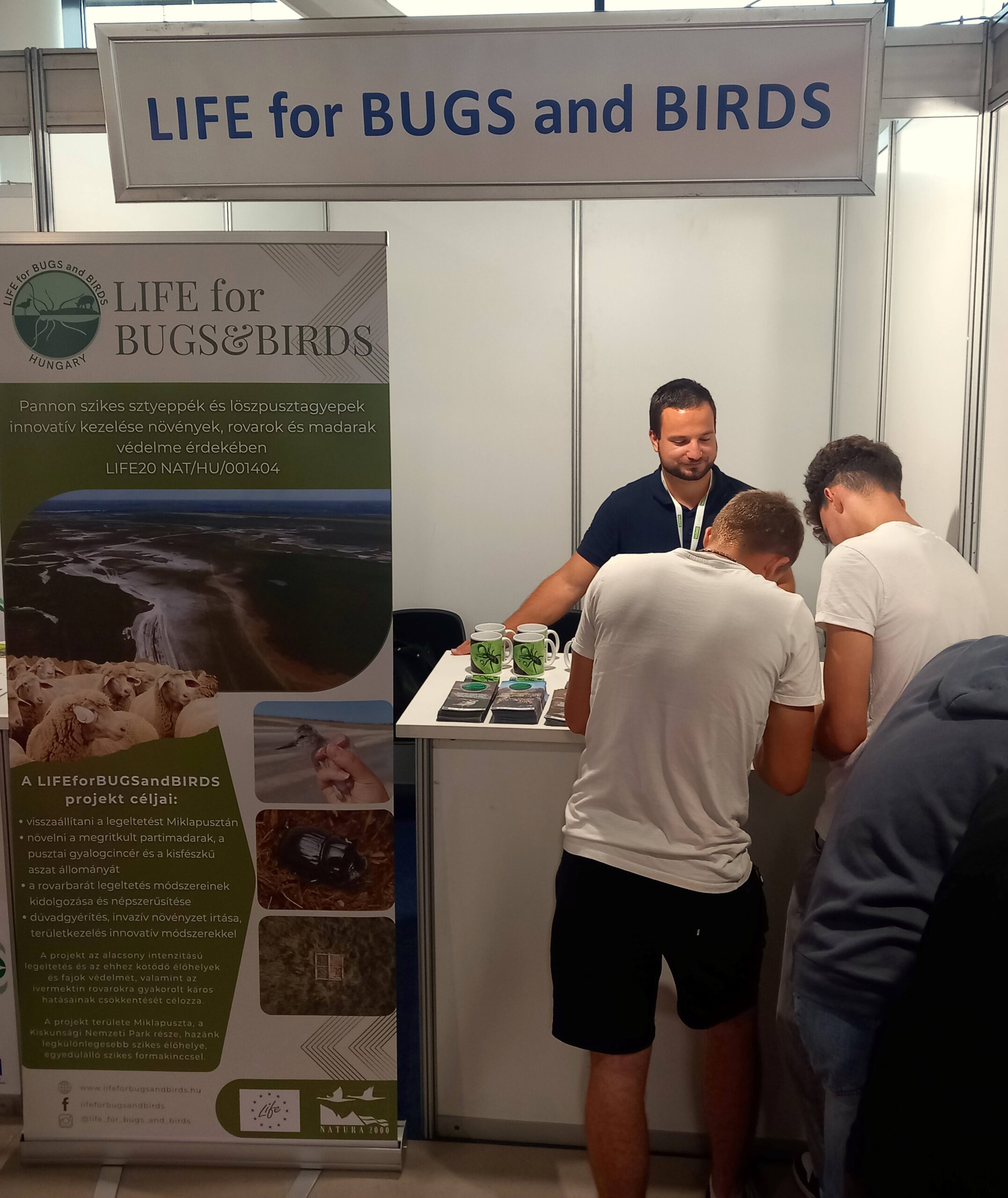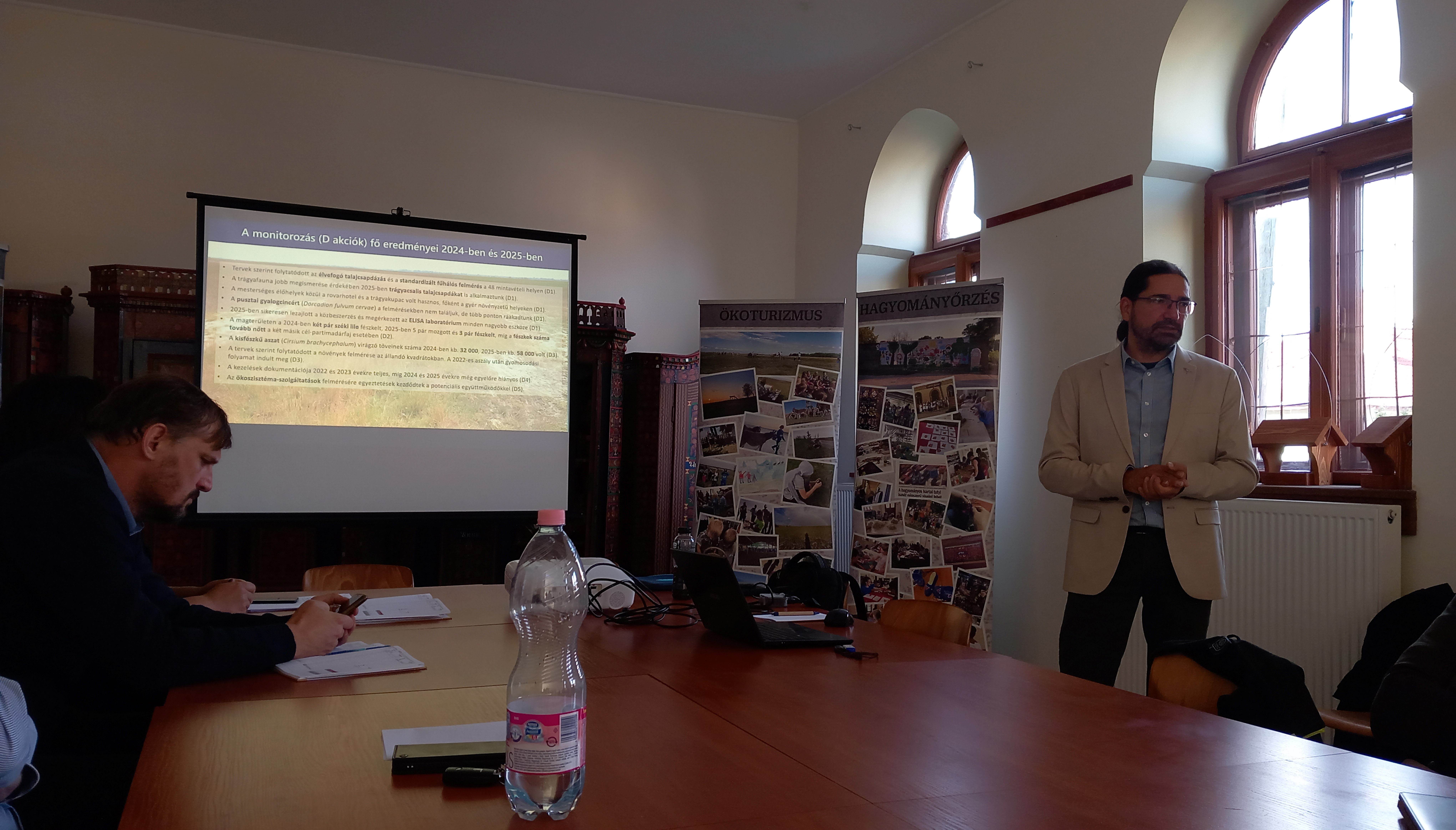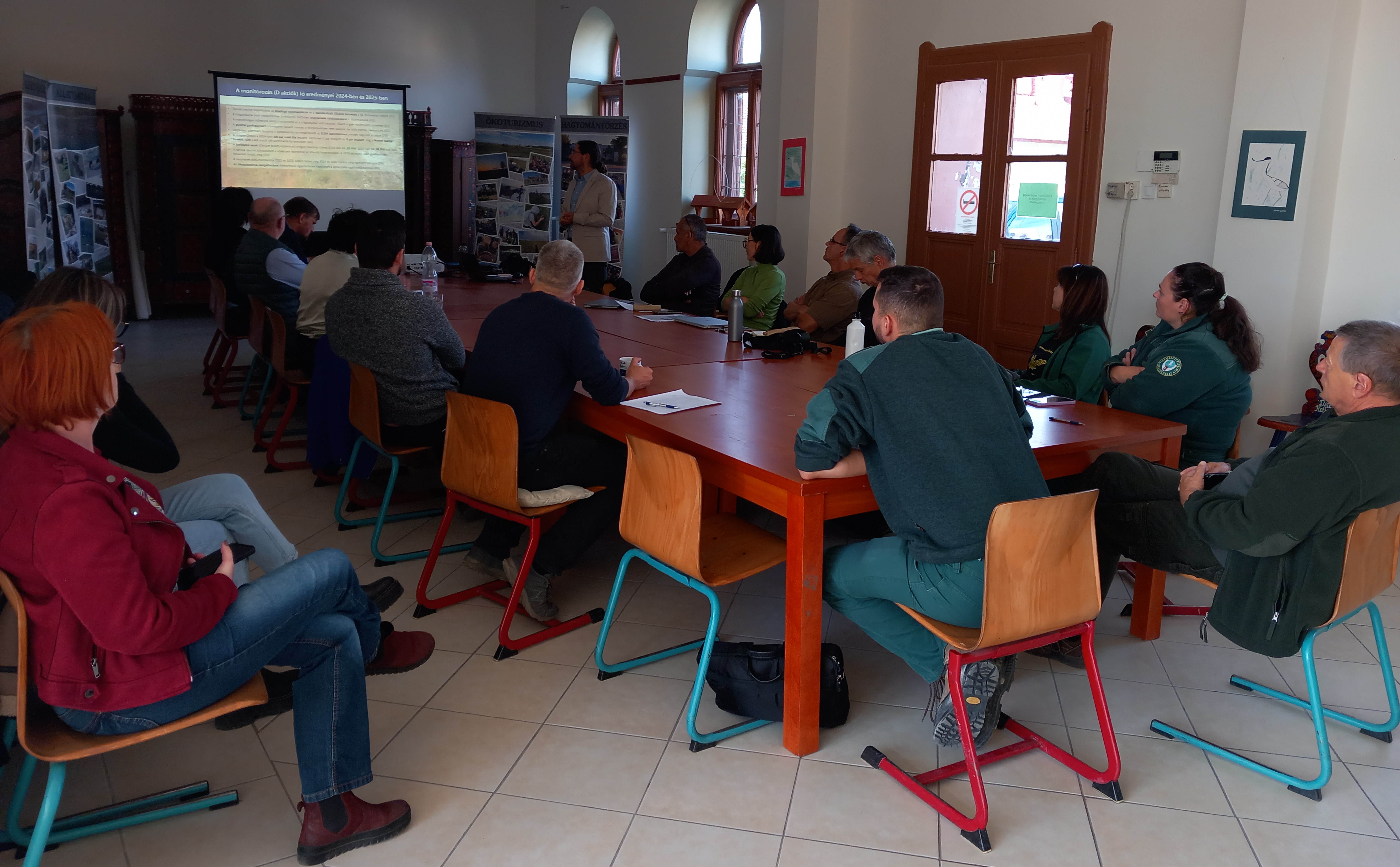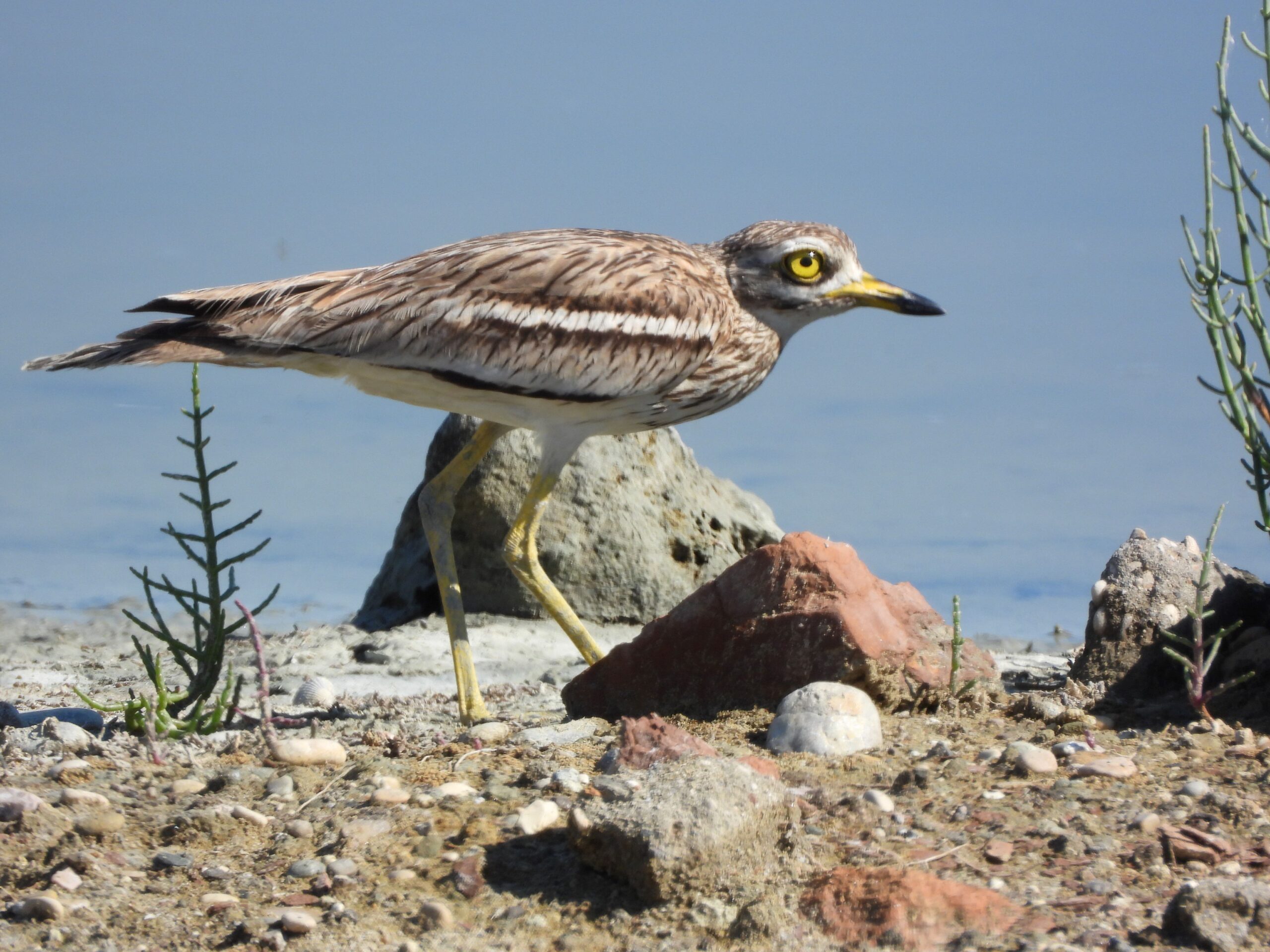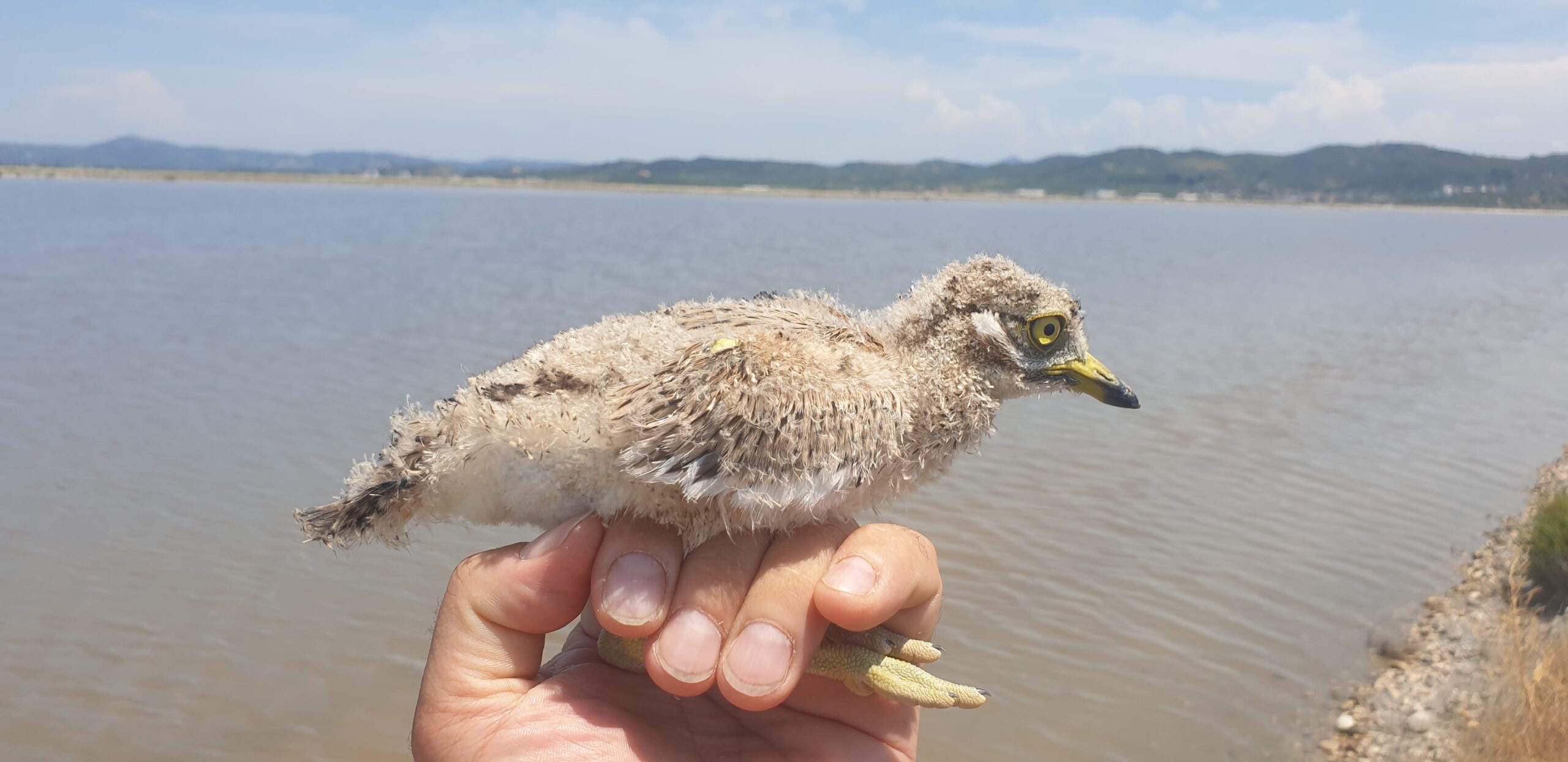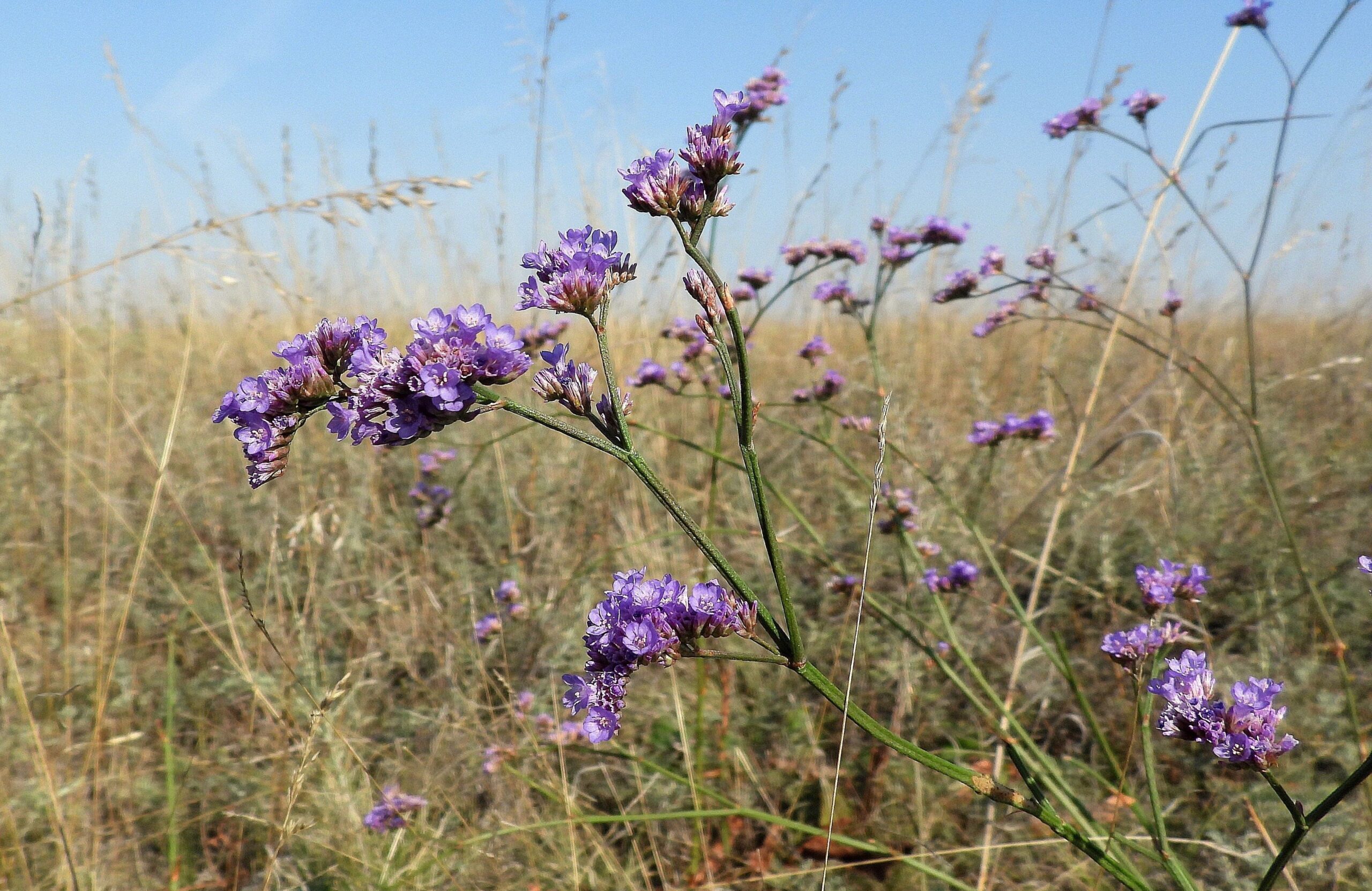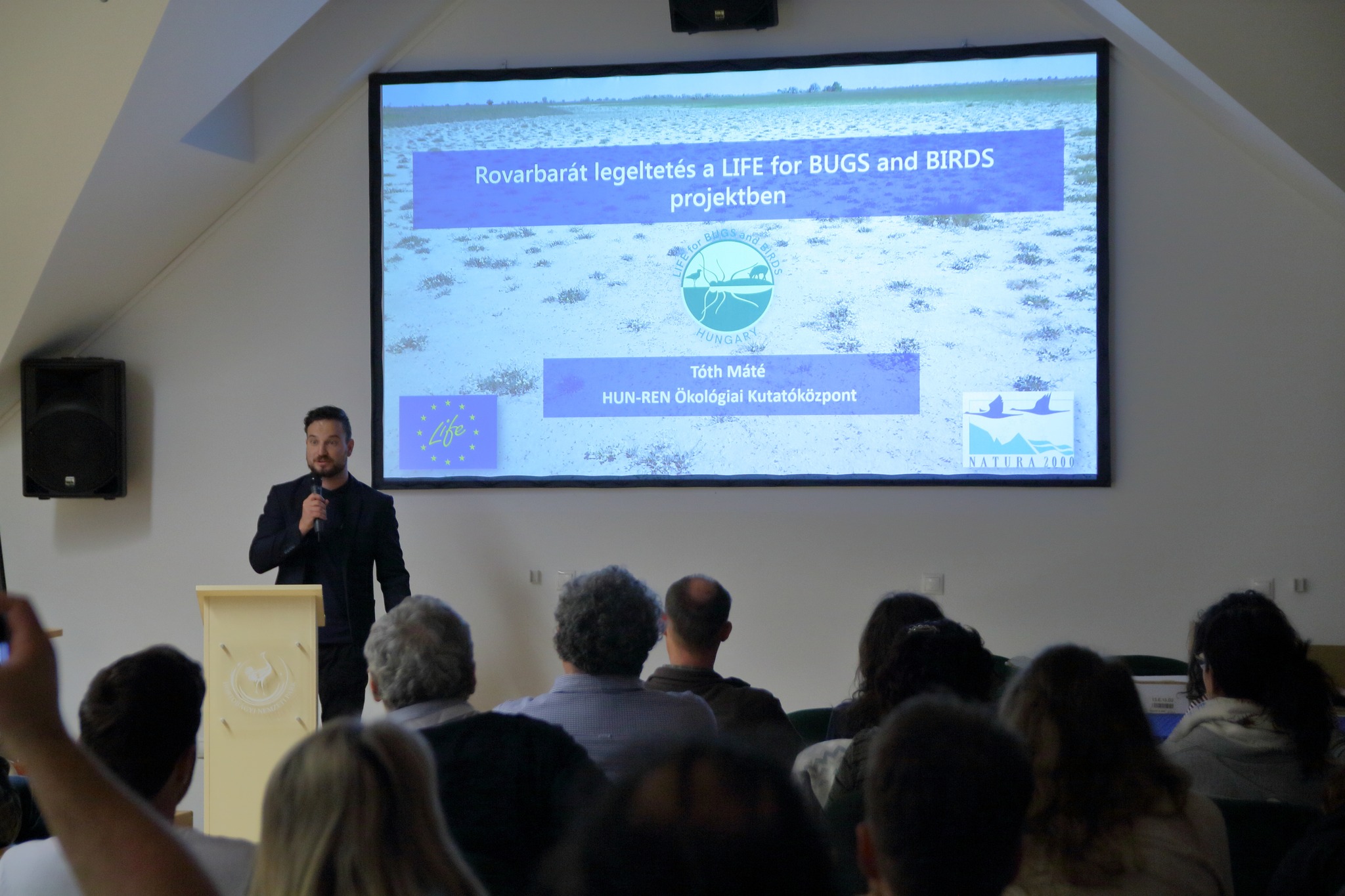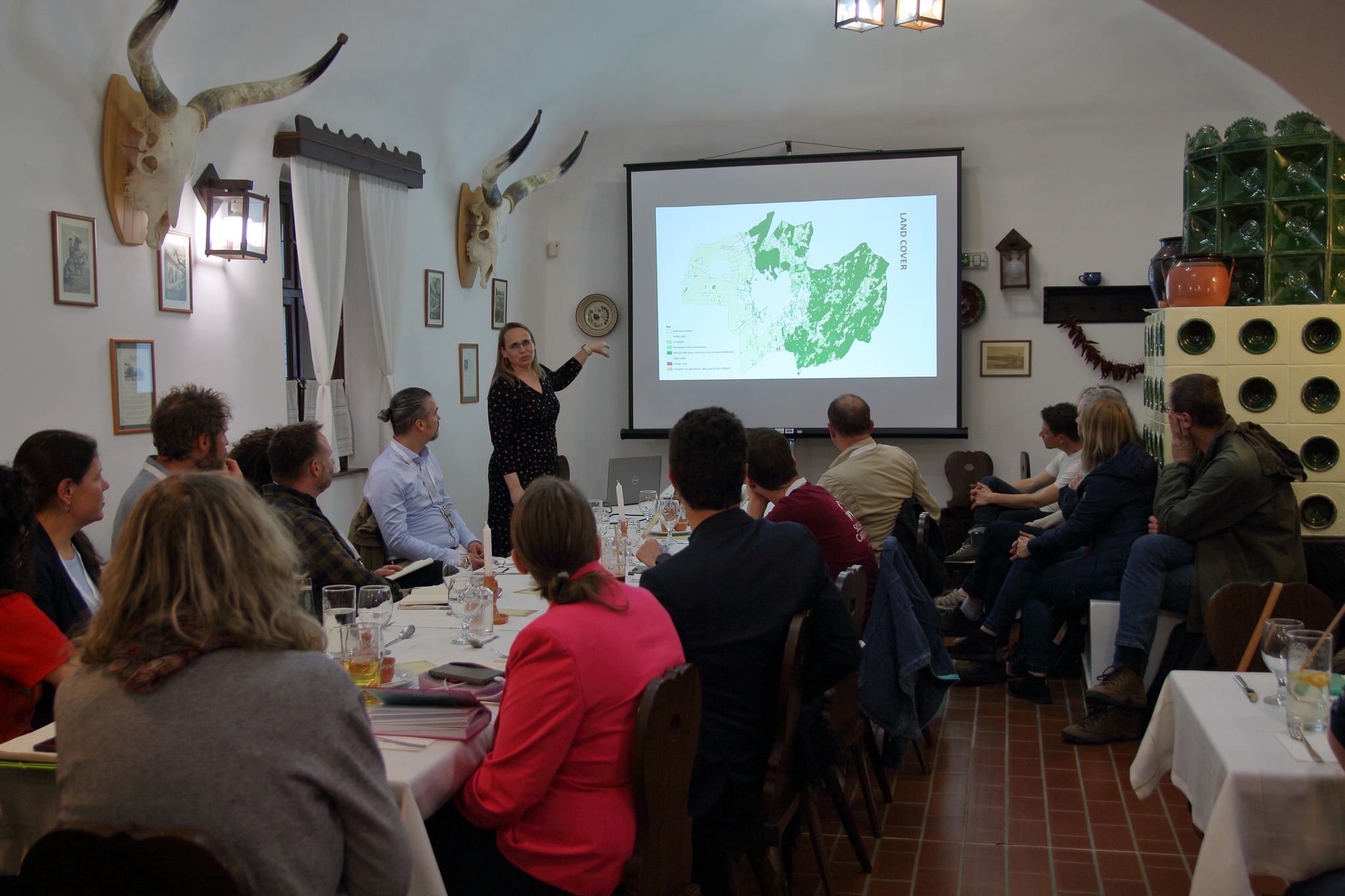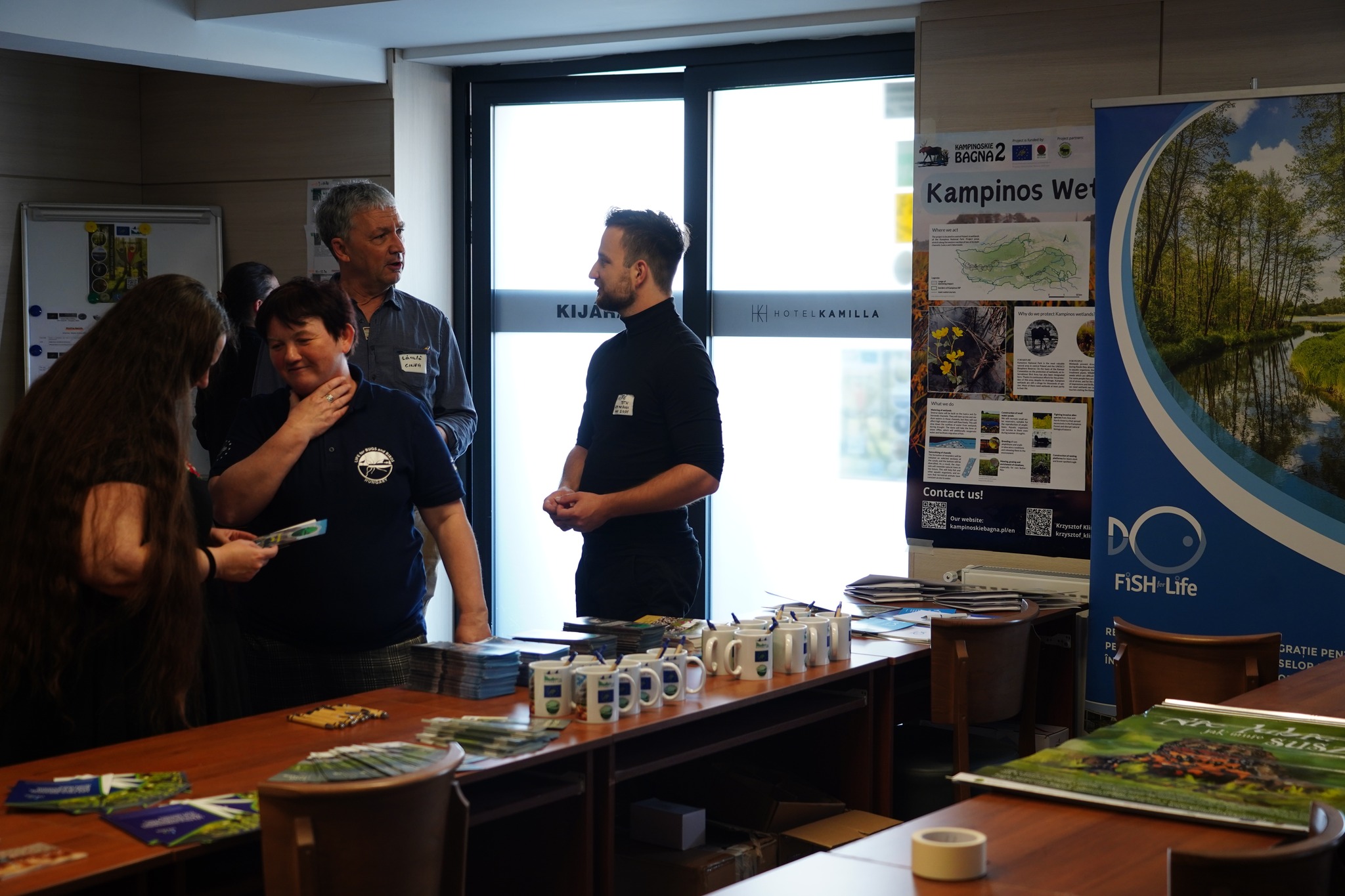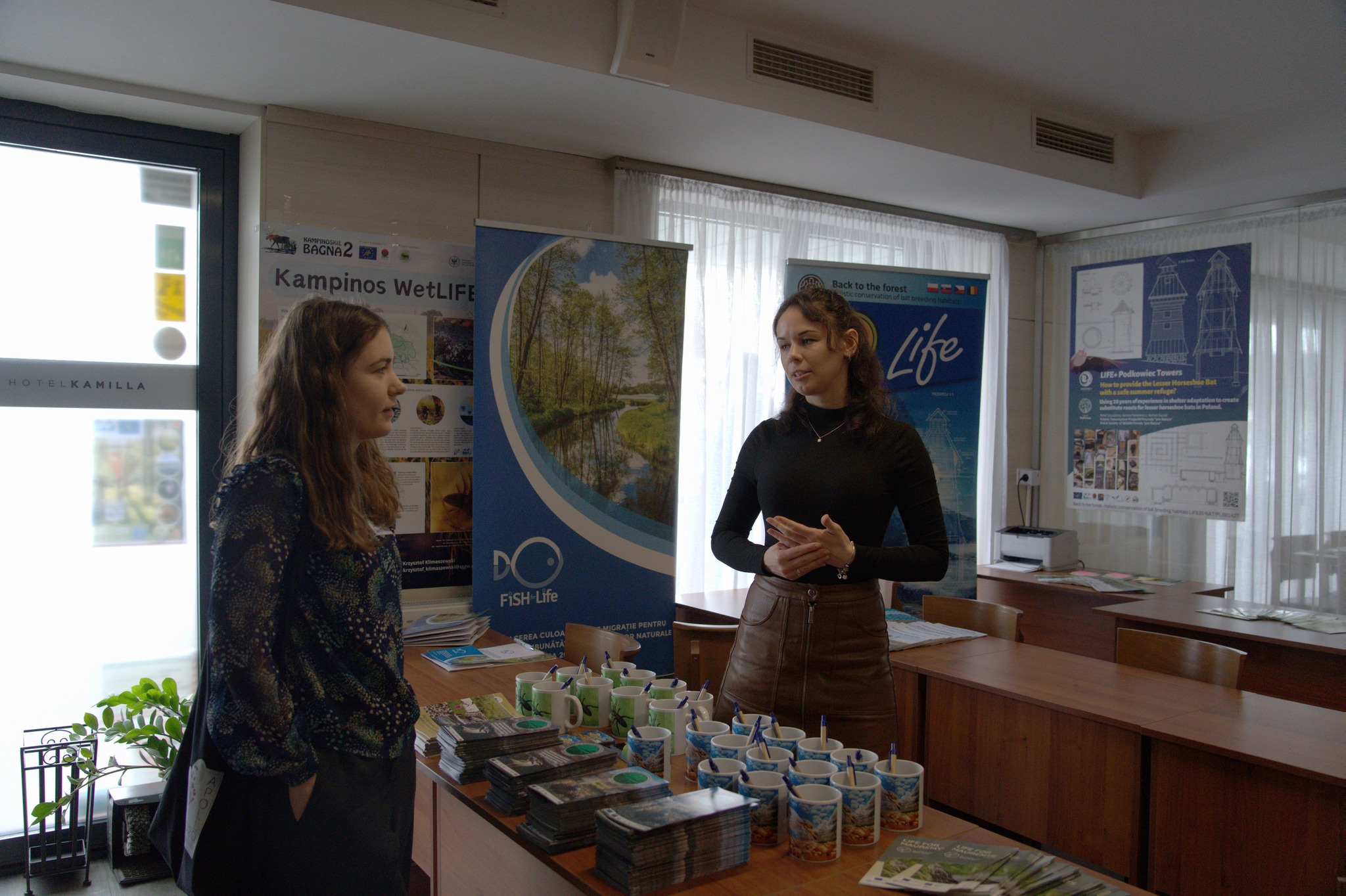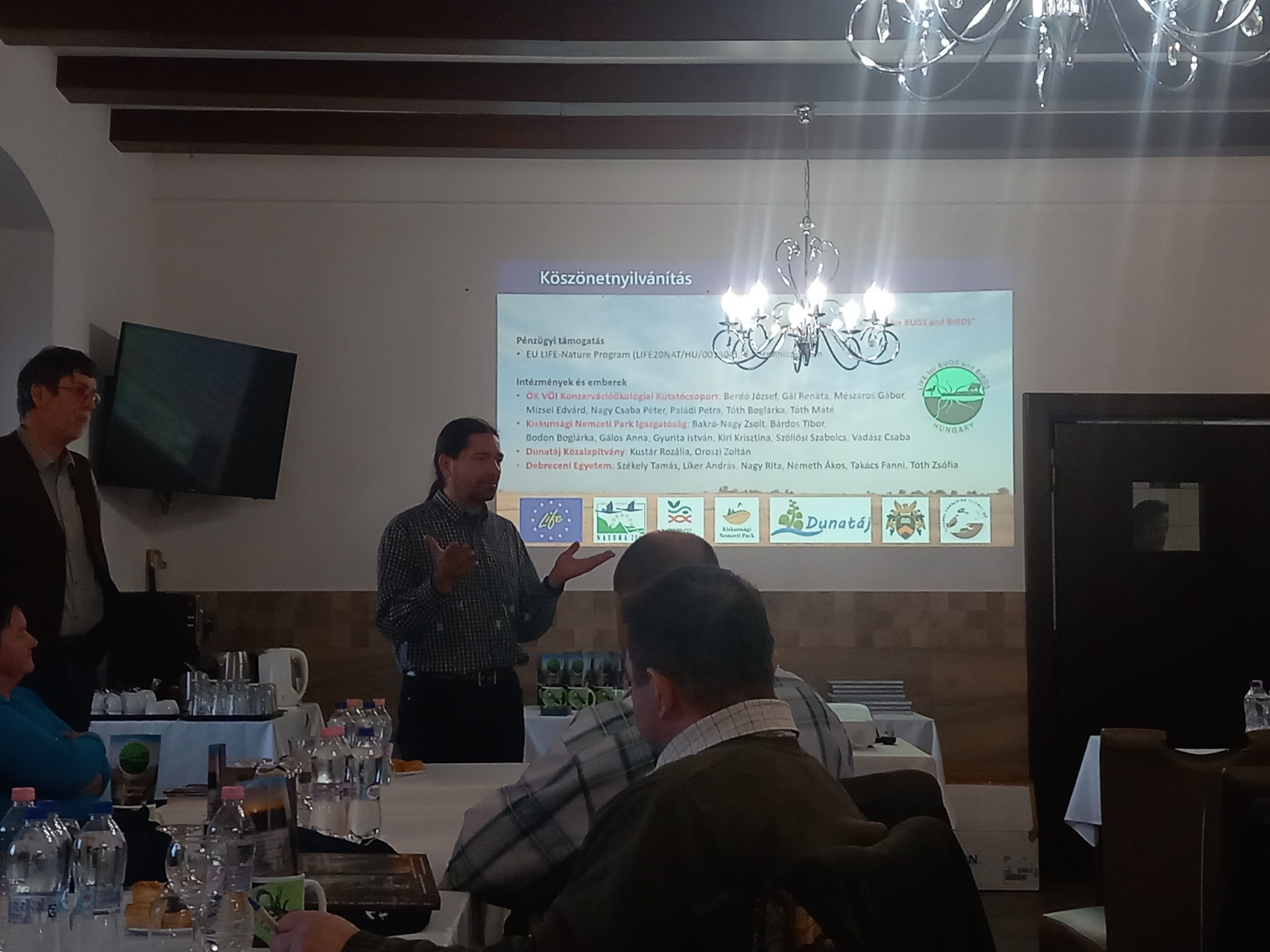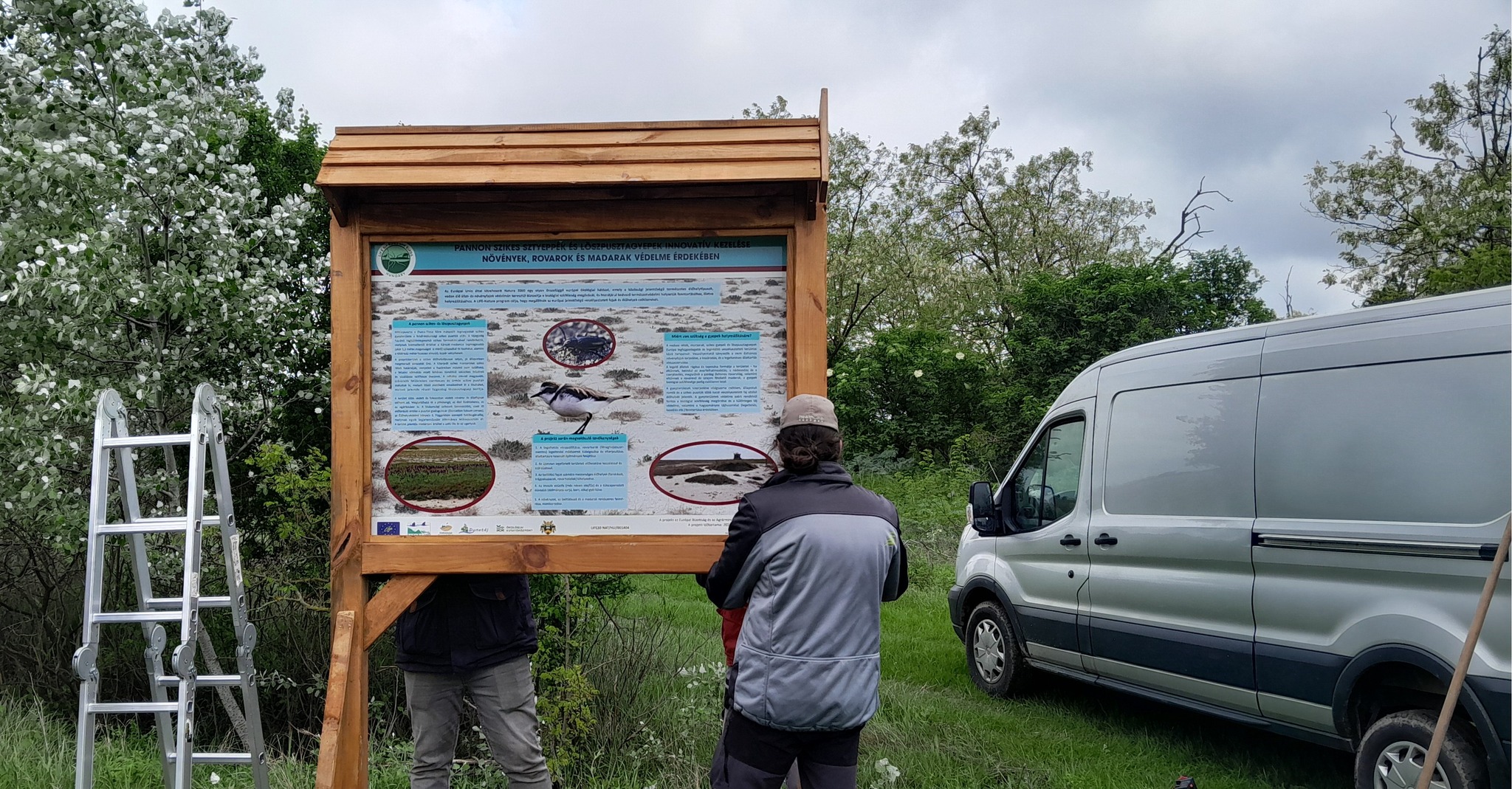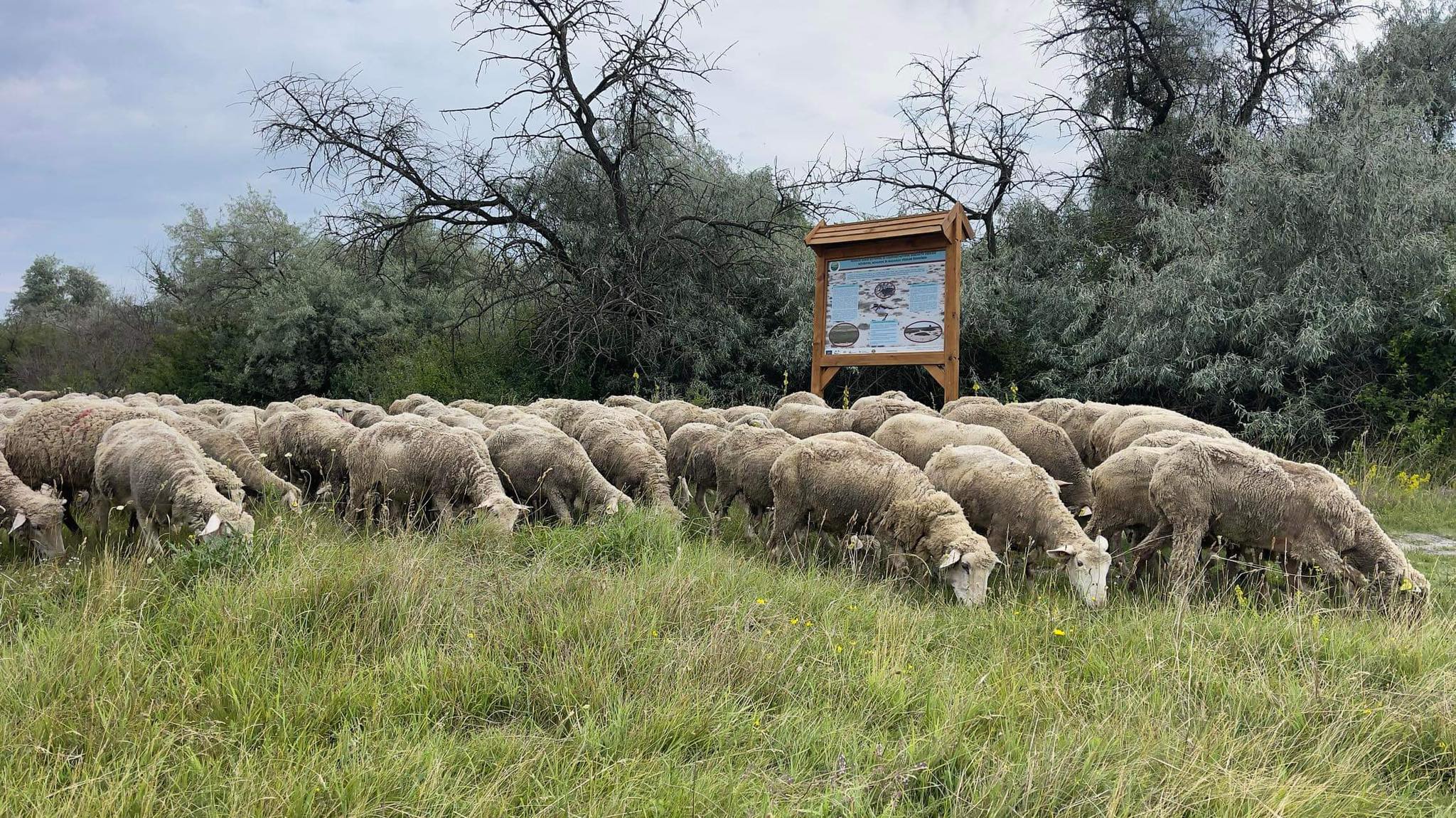As the year comes to a close, we would like to express our gratitude to everyone who has contributed to the project’s goals through their professional work, collaboration, and support.
In 2025, we achieved numerous important results in restoring habitats crucial for insect and bird species, as well as promoting insect-friendly grazing practices.
The winter period is especially sensitive for many species. We kindly ask you to continue paying attention to the wildlife around us during the holidays – whether it’s leaving garden leaves, responsibly operating winter feeders, or protecting natural habitats.
We wish you a Merry Christmas and a New Year rich in biodiversity and professional success,
The LIFEforBUGSandBIRDS Project Team
